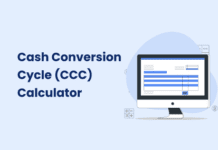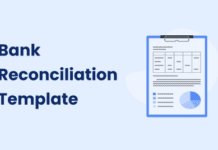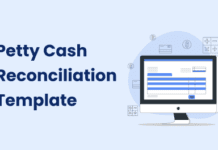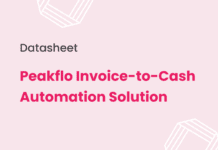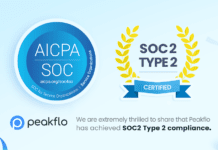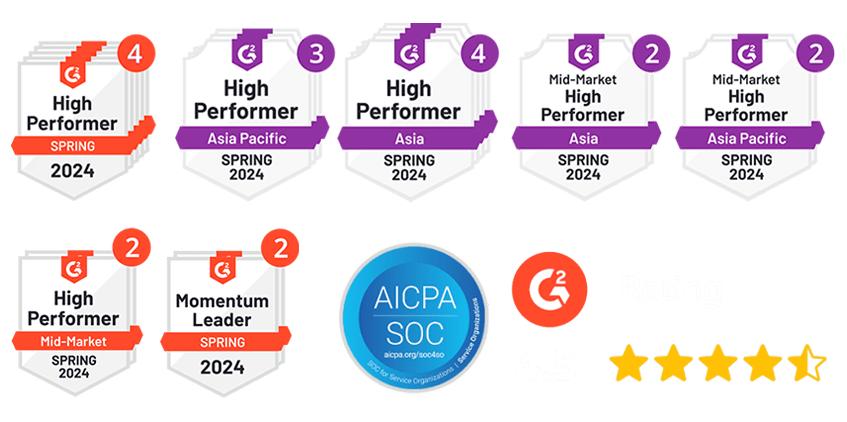In the insurance world, insurance claims approval workflows determine how efficiently payments are processed. Yet many finance teams still treat desk-based and field-based claims the same, even though their complexity and compliance needs are very different.
When both claim types follow the same rigid approval flow, insurers face:
- Delays on simple, low-risk claims
- Compliance gaps on complex, high-risk claims
- Frustrated vendors waiting for payments
The fix is simple but powerful: dynamic approval workflows that adapt to the complexity and risk level of each claim, without sacrificing compliance.
Desk vs Field Claims: Key Differences in Claims Approval Workflows
Understanding the difference is the first step toward automation success.
- Desk-Based Claims
- Lower complexity and fewer touchpoints
- Common for smaller, straightforward health or travel claims
- Lower fraud and compliance risk
- Typical process: document review → finance approval → payment
- Field-Based Claims
- Higher complexity with more stakeholder involvement
- Common for auto, property damage, or large-scale health claims
- Requires site visits, detailed reports, and compliance checks
- Typical process: field assessment → compliance review → multi-level approvals → finance → payment
Industry research shows field-based claims can take 3–4× longer to approve than desk-based claims, especially when managed manually.
Why One-Size-Fits-All Claims Approval Workflows Fail
Forcing every claim into the same approval pipeline creates avoidable bottlenecks and risks:
- Slow processing for low-risk claims — unnecessary manager sign-offs can double approval times.
- Compliance blind spots for high-risk claims — critical checks might be skipped to meet deadlines.
- Increased workload — finance teams spend more time chasing approvals than analyzing trends.
With insurers under pressure to pay claims faster while staying audit-ready, these inefficiencies are costly.
Automating Claims Approval Workflows for Different Claim Types
Modern claims and AP automation platforms allow insurers to set rule-based workflows that adapt in real time. Invoice approval software can simplify approvals, reduce errors, and streamline finance operations.
Instead of pushing every claim through the same rigid pipeline, rule-based automation ensures that both desk-based and field-based claims get the right level of scrutiny without delays.
Example setup:
- Desk-Based Claims
- 2-step approval: department head → finance
- Auto-trigger payment after sign-off
- Best for claims under a predefined risk threshold
- Field-Based Claims
- Initial review by field assessor
- Compliance verification against government records
- Manager and finance sign-offs.
- Payment is released only after all documents are validated
These claims approval workflows in insurance can be triggered automatically based on claim type, amount, risk category, or source — eliminating the need for manual sorting.
Keeping Compliance Intact in Claims Approval Workflows
Dynamic workflows are more than just faster — they also bake compliance into every step.
- Automated compliance checks (PAN, GST, licensing) run before payment is triggered.
- Role-based permissions ensure that only authorized staff can approve certain claim types.
- Time-stamped approval logs make audits straightforward and transparent.
- Document version control prevents errors caused by outdated files.
This means no shortcuts on compliance, even when speeding up low-risk claims.
The Business Impact of Dynamic Claims Approval Workflows
Insurers that switch to automated, claim-specific approval flows report:
- 50% faster turnaround for desk-based claims
- Near-zero compliance misses on field-based claims
- Higher vendor satisfaction with predictable payment timelines
- More bandwidth for finance teams to focus on analytics and cost control
When your approval process matches the complexity of the claim, you get the best of both worlds — speed and accuracy.
How Does Peakflo Help?
Peakflo’s approval automation engine gives insurers a flexible, rule-based system to manage both desk and field-based claims without manual bottlenecks.
Here’s how:
- Pre-Built Claim Templates – Get started quickly with workflows for health, travel, auto, and property claims.
- Dynamic Routing – Route claims automatically based on amount, risk category, or claim type.
- Seamless Integrations – Connect easily with policy management systems, ERPs, and government compliance portals.
- Compliance by Default – Every step is logged, time-stamped, and validated against regulatory requirements.
- Vendor Experience – Faster claim approvals mean quicker payouts, improving trust and retention.
👉 With Peakflo, insurers cut approval times by up to 50% while ensuring compliance isn’t compromised.
Bottom Line
Desk and field-based claims are fundamentally different. Treating them that way in your insurance claims approval workflows helps reduce delays, minimize compliance risks, and improve relationships across the board.
With Peakflo’s approval workflow, insurers can configure tailored claims workflows in minutes — keeping both speed and compliance on their side.
Book a Demo to see Peakflo Agentic Workflow in action!









![Why AI Sales Calls Are Making Good Sales Reps Even Better [2025 Guide] ai sales calls](https://cdn-kmjmp.nitrocdn.com/YvtqmrsiHUxqerlSiZgbfzqqTARWTElr/assets/images/optimized/rev-a4aafe3/blog.peakflo.co/wp-content/uploads/2025/09/65168cf6-3001-4733-8cbc-12d5684cf449-218x150.webp)










